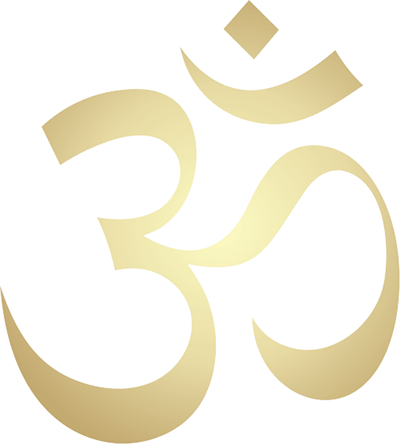



108 Names of Bharat Mata Video
108 Names of Bharat Mata
Gayatri Mantras Video
Bharat Mata Gayatri Mantras
Ekavimski Video
Bharat Mata Ekavimsati Song

Click on Link below to go to Youtube Videos
To download MP3 Audio right click and "save link as"
Home
About the Author
108 Names of Bharatamata
Gayatri Mantras
Ekavimsati Song
Speaking/Media Contact
Sri Bharatamata
Ashtottaram 27
27) OṀ GANGĀ PAVIṪRA BHŨMYAINAMAH:
OṀ (AUM) - GAN - GAA - PA -VI- ṪRA- BHOO- MYAI- NA--MA- HA
(Ganga: means-'one, who descended to this earth,' Pavitra: means-sanctified,
purified by performance of ritual acts)
Ganga also means knowledge. The rivers of a country are its lifeline. Hindu India has always looked upon its rivers, not as just physical or natural objects but as divinities, goddesses of prosperity. Of all the rivers of India, no river has captivated the minds and the hearts of the people more than the river Ganga. For many a Hindu, a bath in it is a life-time ambition. No religious act can be ceremonially complete without its water being in some form or the other. A few drops of its water poured into the mouth of a dying person will remove all the sins. Immersion of the ashes of a dead person's body in it will give him liberation.
Though the river Ganga has been mentioned in the Ṛigveda only once, it is the first in the list. There are references to it in other places also such as Ṛigveda, the Śatapatha Brāhmaṇa. The Rāmayaṇa, the Mahābhārata and many purāṇṇs such as the Padma, the Nāradīya, the Agni and the Matsya contain hundreds of verses eulogizing the greatness and the sanctifying power of the Ganga river. In the Bhagavadgīta, Sri Krishna identifies Himself with it among all the rivers. Almost all the well-known rivers (undivided) of India have a dual form and have been described in the mythological literature as deities and goddesses. Iconographical works even ascribe to them specific forms and give detailed descriptions. As per the account in the Mahābhārata, the river-goddess Ganga was cursed to be born as a human being in our mortal world. The river Ganga is said to have been born out of the left foot of Vishnu in his incarnation as Vāmana-Trivikrama (Hence the name 'Vishnupadī'). It was then confined to the celestial region only. The other names of Ganga include Bhagavati, Bhāgīrathi, Jāhnavi, Daksha, Pruthvī, Vihagā, Amrutā, Śiva, Kshema, Śānta, and so on.
Geographically speaking, the river Ganga takes its birth near Gangotri in the Tehri Garhwal district of Uttar Pradesh. The total length of the river is 2500 kms (1557 miles). It breaks into a number of branches near the sea. A good number of pilgrim centers are situated on the banks of the Ganga and its branches. The biggest bathing festival connected with the river Ganga is the Kumbhamela, held once in twelve years and millions and millions of people take bath in the river on these occasions. The Hindus call Ganga as 'māta' (mother) and that is why a popular saying has identified it with one of the three legs of the tripod upon which Hinduism stands, the other two legs being the 'Gīta' and the 'Gāyatri.' On the banks of Ganges, Sri Veda Vyāsa wrote the great epic Mahābhārata.
Thus, it is seen that the Ganga has been one of the major aspects of Hindu religion and culture that has helped it to be not only alive but vigorously active. Hence, our motherland is 'Gangā Pavitra Bhūmi.'

